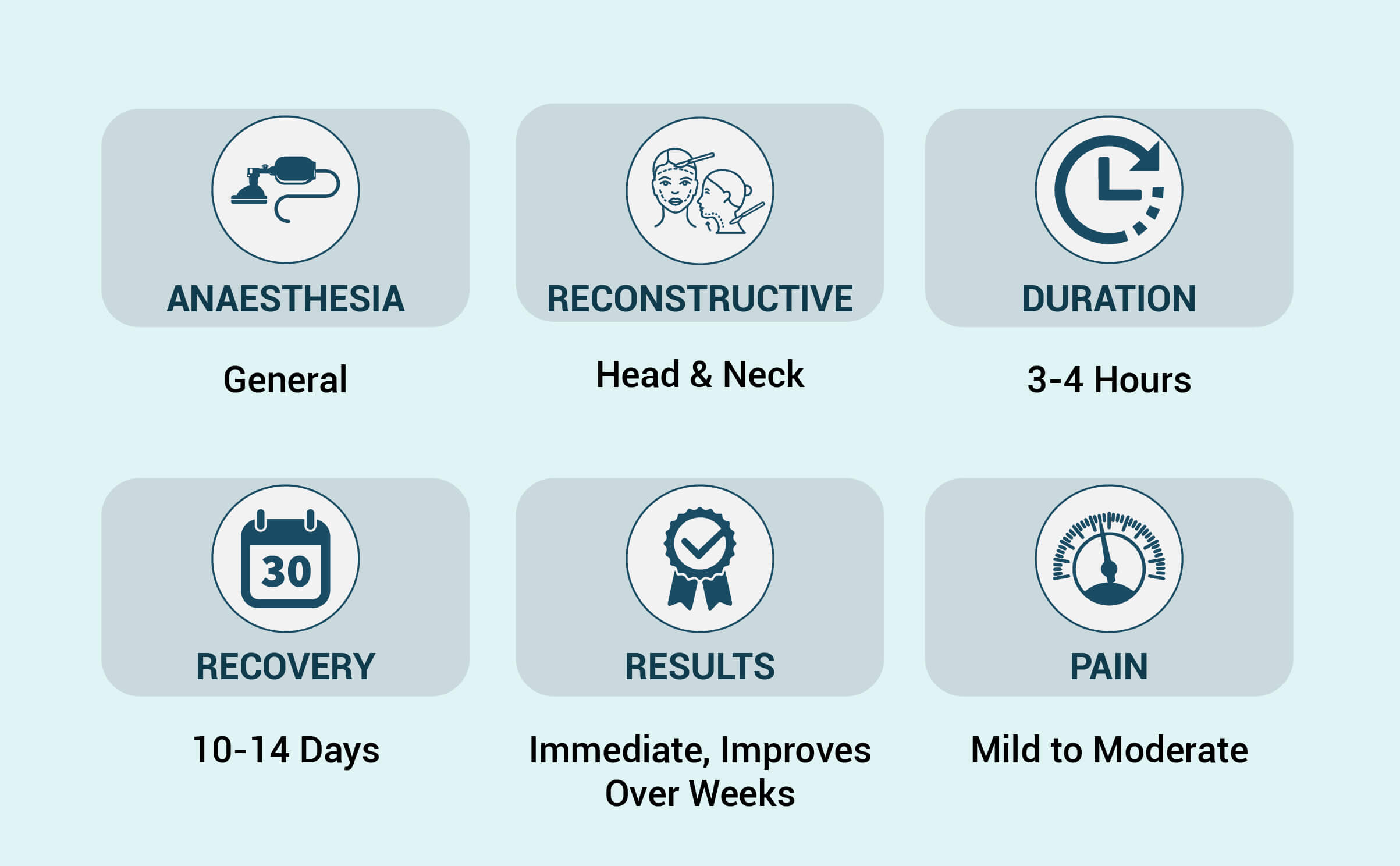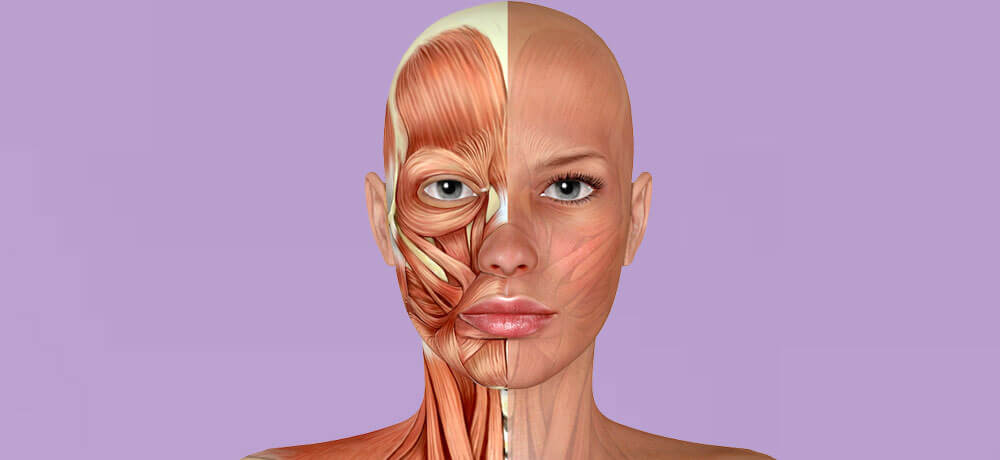Head and Neck Reconstruction Surgery in Mumbai
Head and neck reconstructive surgery is used to repair or replace tissue that has been damaged or removed from the head and neck area. This type of surgery is often used to treat the effects of cancer, trauma, or congenital conditions.
Head and neck reconstructive surgery aims to restore function and appearance. This may include restoring the ability to speak, breathe, eat, and swallow. It may also involve restoring the appearance of the face, neck, and head.


Head and neck reconstruction is required in many situations, including:
After the removal of large cancers
Trauma victims
Burns victims
Congenital anomalies
We offer the following modalities of reconstruction:
Grafting to areas of loss e.g. following burn injuries, and extensive injuries
Local flap reconstruction Local tissue can be used and transferred using flaps to restore soft tissue cover. These flaps are very safe in the head and neck region.
Regional flap reconstruction Reliable tissue can be transferred based on the vascular pedicles of the head, neck and chest region.
Free flap reconstruction More complex defects require the use of free tissue transfer. This is where a reliable block of tissue is moved from one area to another and its blood supply is restored using microsurgical techniques.
Revascularisation and replantation Microsurgical reconstruction is used to restore a blood supply to a region when it has been divided (e.g. scalping type injuries or after the amputation of all or part of the nose and ear), or to restore blood flow when interrupted by trauma (e.g. crush injury).
Preparing for Head and Neck Reconstructive Surgery
A comprehensive evaluation of the patient's medical history and current health status.
Imaging studies (CT scans, MRI) for surgical planning.
Informing the patient about the surgery, potential risks, benefits, and expected outcomes.
Preoperative tests and optimization of general health.
Smoking cessation to improve wound healing and surgical success.
Discontinuation of medications that may interfere with surgery or recovery.
Nutritional guidance to enhance healing and overall health.
Emotional support and counseling to address psychological aspects and body image concerns.
Collaboration between the patient, surgical team, and other healthcare professionals.
Careful planning and preparation to maximize the chances of a successful outcome.
Head and Neck Reconstructive Surgery Procedure
Head and neck reconstructive surgery procedures can vary depending on the defect being repaired or replaced. However, most processes involve a few common steps.
Preoperative Planning:The surgeon will carefully plan the surgery considering the size and location of the defect, the patient's overall health, and goals.
Incision:The surgeon will make an incision in the skin to assess the defect.
Tissue Transfer:The surgeon will transfer tissue from the donor site to the defect site. This may include a local flap, regional flap, or free tissue transfer.
Microvascular anastomosis: If a free tissue transfer is used, the surgeon will connect the blood vessels from the donor site to the blood vessels in the defect site.
Closure:The surgeon will close the incision.
Post-operative care:After the surgery, the patient has to stay in the hospital for a few days. They should also follow the surgeon's wound care and pain management instructions.
 WhatsApp
WhatsApp